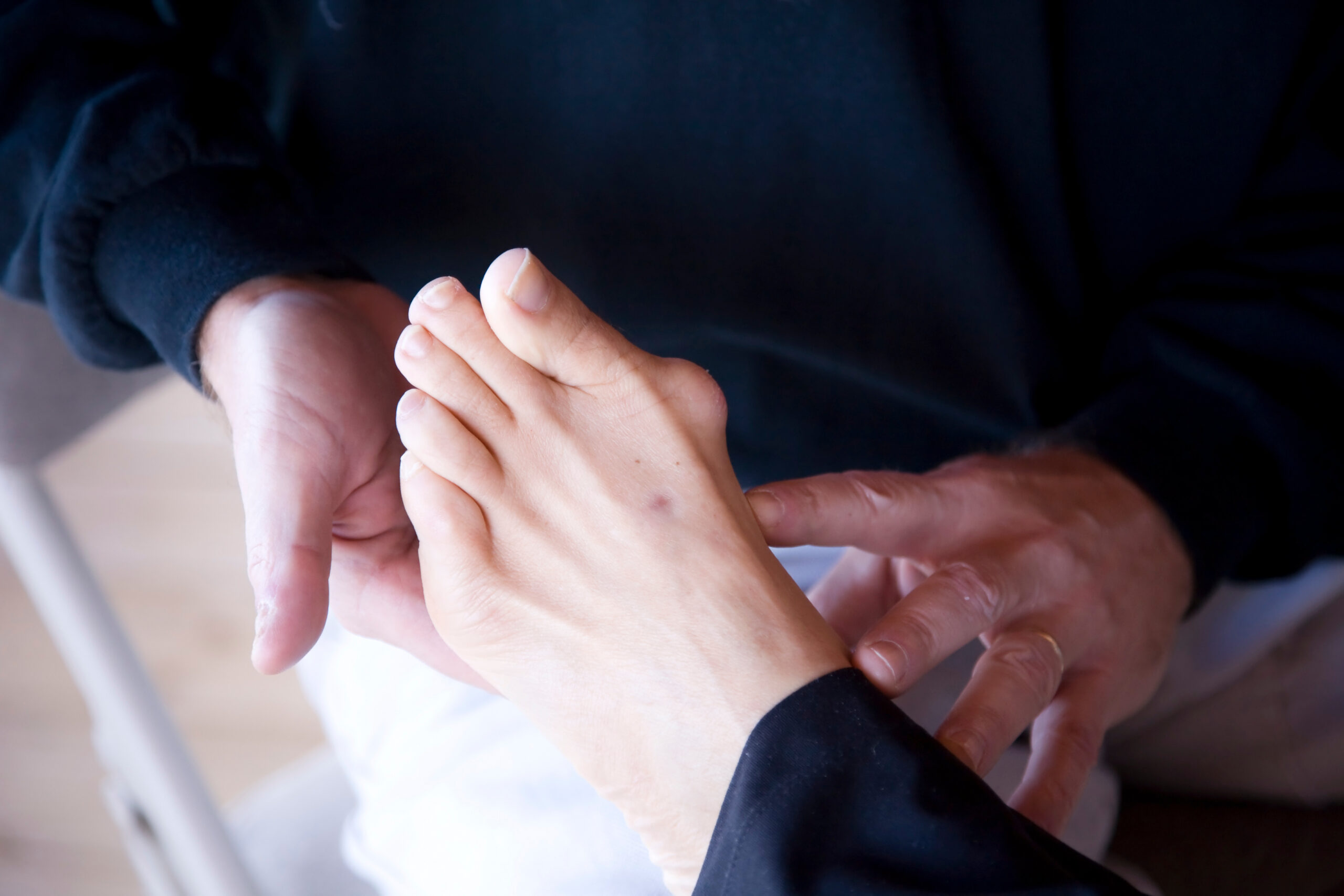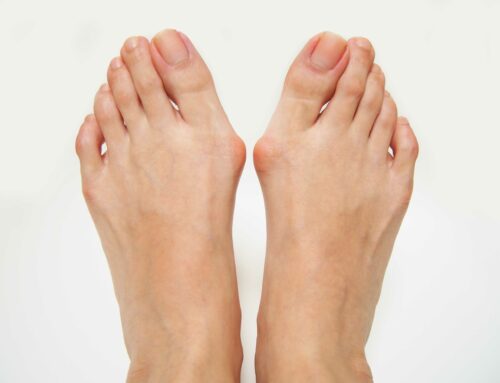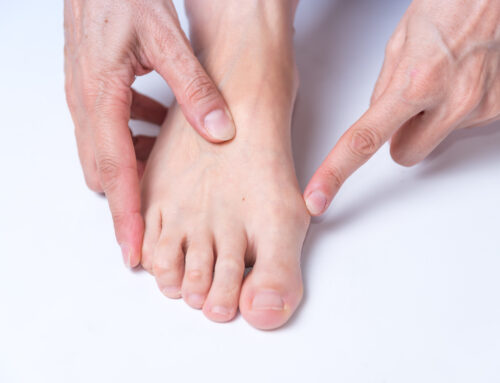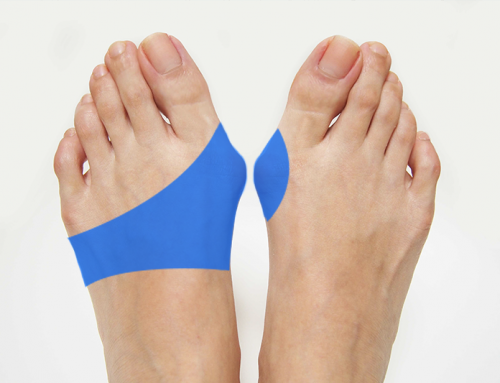A bunion is a bony lump that forms at the base of the big toe, often as a result of an imbalance of pressure placed on the foot over an extended period of time. But what is the difference between tailor’s vs arthritic bunions? Bunions are a fairly common occurrence, with roughly 1 in 3 adults expected to experience bunions at some point in their lives. What many people do not realize, however is there are different types of bunions.
Tailor’s Bunions
A tailor’s bunion is a term used for a bump that forms on the outside of the foot at the joint of the little toe. They are so-called because tailors were required to sit cross-legged on the floor for long periods, and this position put extra pressure on the small toe joint. You will also hear of them referred to as bunionettes, but they are both the same thing.
Is it a Tailor’s Bunion or Arthritis?
When you feel pain in the small toe joint, which is accompanied by swelling or a bump, you may find yourself wondering whether it’s arthritis or a bunionette. Arthritis and bunionettes are two different conditions that can often appear with similar symptoms.
Tailor’s Bunion Symptoms
A bunionette or tailor’s bunion is always a bony lump that forms on the outside of the foot, where the metatarsal bone joins the toe.
The deformity is a result of the metatarsal bone displacing and moving outwards. It’s this protuberance that creates the appearance of the bony lump.
Many people can develop a tailor’s bunion without experiencing any pain from the condition. However, when the bump grows, the skin around the area can rub on shoes and become sore and irritated.
Lesions may also develop due to excessive friction from footwear and put the wearer at risk of infection. Once a bunionette becomes painful, the walking gait can change, and calluses may form due to the change in pressure distribution over the underside of the foot.
Arthritic Bunions
An arthritic bunion is when the big toe stays straight and bone spurs form around the main big toe joint causing pain whenever the big toe moves, especially when under pressure like when walking. The condition is also known as hallux rigidus and starts with pain and stiffness in the joint due to the spurs. Over time the toe gets more painful and harder to bend.
People with arthritic bunions can often mistake it for a tailor bunion. Arthritic bunions start as hallux limitus during the early stages because the range of motion is only partially limited. However, as it progresses, the toe becomes rigid, and the patient can now be said to have hallux rigidus.
The impaired function of the joint and structural abnormalities of the foot can cause osteoarthritis in the big toe joint. Wear and tear due to defects in the foot, such as rolling of the ankles or fallen arches, changes the way the toe functions and puts people at higher risk of an arthritic bunion. Foot types prone to hallux rigidus can also be inherited.
Other factors increasing the risk of arthritic bunions include workers who are required to stoop or squat for long periods. Hallux rigidus can also occur because of an injury of the big toe, rheumatoid arthritis, or gout.
Arthritic Bunion Symptoms
During the early stages of an arthritic bunion, a patient may experience pain and stiffness, which may also be aggravated by cold, damp weather. They may have difficulty walking, running, or squatting, and there is often visible swelling and inflammation around the joint.
Once hallux limitus turns into hallux rigidus, the toe can be painful even during rest, and shoes are difficult to wear because of bone spurs. Changes in the way you walk can also cause pain and discomfort in the lower back, hips, and knees.
Bunion Treatment
Whether you are suffering from a tailor’s bunion or arthritic bunion, the only way to treat this issue is by undergoing surgery. While there are numerous products on the market intended to treat bunions such as special footwear, toe splits, and corrective braces, these items only provide temporary relief for the pain and do not treat bunions at the source.
While the thought of undergoing bunion removal surgery might be daunting, minimally invasive procedures at medical facilities such as Northwest Surgery Center make it easier than ever for patients to experience relief from bunion pain through simple outpatient procedures with minimal recovery time.
Bunions that are left untreated over time cannot be reversed, and will not get better on their own. Bunion pain only worsens over time, and can inhibit your ability to walk, exercise, drive, or even sleep without discomfort (or excruciating pain). Whether you have a tailor’s bunion or arthritic bunions, the sooner you undergo surgery to remove bunions, the sooner you can feel relief, and get back to living your life free from pain.
How to Know for Sure
Diagnosis from a trained professional is the only way to know for sure if you have a tailor’s bunion or an arthritic bunion. If you are seeing a bony lump on the joint at the base of your big toe or experiencing pain or discomfort in this area that is not getting better with time, it might be time to contact a professional.
Get in touch with Northwest Surgery Center today to book a consultation with our team of experts and find out once and for all if you have arthritis or a tailor’s bunion. We can determine the cause of your bunions and provide you with a diagnosis, as well as discuss your options for treatment including a minimally invasive outpatient procedure to permanently put an end to your pain and get rid of your bunions for good. As experts in bunion removal and minimally invasive surgery, we can help remove your bunions and put you back on your feet with little to no pain and minimal recovery time. Bunions will not get better on their own, so don’t wait – contact Northwest Surgery Center today.

Reviewed By Dr. Sullivan
Dr. Jordan Sullivan, DPM, is a board-certified podiatrist at Northwest Surgery Center specializing in minimally invasive foot and ankle procedures. He’s passionate about helping patients get back on their feet faster with less downtime.
Learn more about Dr. Sullivan here.





